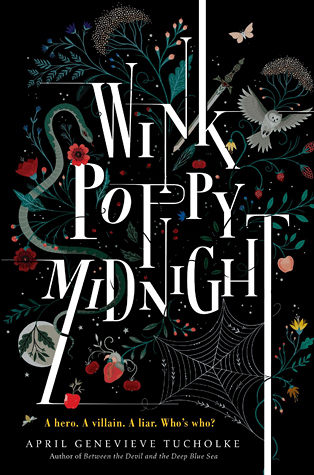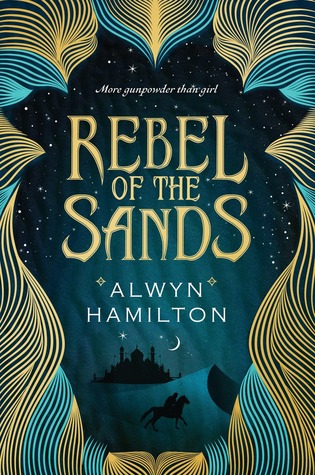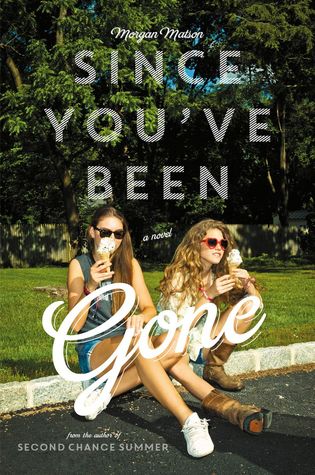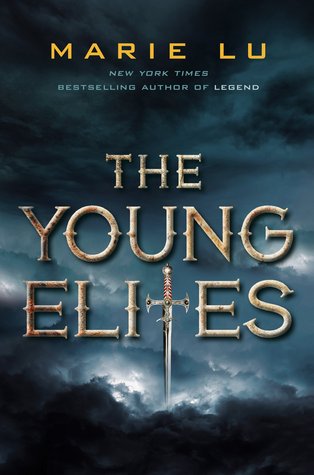There was no way I was gonna pass up an opportunity to post about my two faves, the MCU and books, and Jamieson, the fantastic blogger behind jamishelves, provided me with the perfect opportunity to do just that. Click here to read all about the Marvel-A-Thon book challenge she created.
Now, I am a pretty slow reader and there's no way I'm gonna complete this challenge properly, but I'll be damned if I don't give it a shot. So, without further ado, here is my TBR for "Phase 1" of the readathon.
Iron Man - Read the first book in a series
I have a whole load of options for this, including some I'm still yet to finish (looking at you guys, A Darker Shade of Magic and The Darkest Minds.) But, assuming I get these two finished before June, I'll be going with Rebel of the Sands by Alwyn Hamilton. Everyone in my YA book club has read this book and I've been meaning to get round to it for ages! I'm also intrigued by the desert setting - I don't think I've ever read a YA with this backdrop before.Hulk - Read a book with a green cover
My selection of books is pretty limited at the moment as I'm currently in London studying, while most of my books are back at home in the north of England. However, I do have a copy of a single book with me that fits this criteria: Since You've Been Gone by Morgan Matson. It seems a bit long but also like an easy read so hopefully this won't be too difficult to get through!Iron Man 2 - Read a book that's unpopular
I'm a firm believer in not wasting times on books that aren't very good because "life's too short", but then again I was a huge fan of the I Am Number Four series (until like book 4 lol), and they got some pretty shoddy reviews from influential bloggers. So, who knows, maybe I'll find my next fave through this challenge, although if I'm gonna give up one from this phase it will definitely be this one. I am tossing up a couple of options, but am leaning towards Wink Poppy Midnight by April Genevieve Tucholke. Reviews state that the writing style saves this book, but honestly I've never been that bothered by "poetic" or "purple" prose; for example, I did not enjoy Shatter Me. However, a love triangle with 2 girls instead of 2 boys changes things up a little... but I'm not a fan of pitting girls against girls so we'll see!
Thor - Read a book that contains myth or mythology
I never read further than the first Percy Jackson book so I'm going to give the series another go and reread it!
Captain America - Read a book set or written in WWII
I recently read Orphan Monster Spy and really, really did not like it - and as such I don't know if I'll be in the mood for another WWII book so soon after. This may be my second skip - but if I'm in the mood, I'll read The True Story of Hansel and Gretel by Louise Murphy which I started all the way back in September of 2016 and never finished, despite it being pretty short!
The Avengers - Read a book with multiple perspectives
My mind immediately went to Prodigy by Marie Lu, but since it's been a hot sec since I read Legend and I'll probably need to re-read it before continuing the series, I think I'll have to go with something else. So, staying faithful to Lu, I'll read The Young Elites instead.So yep, that's me for phase 1. Phase 2 coming soon!



